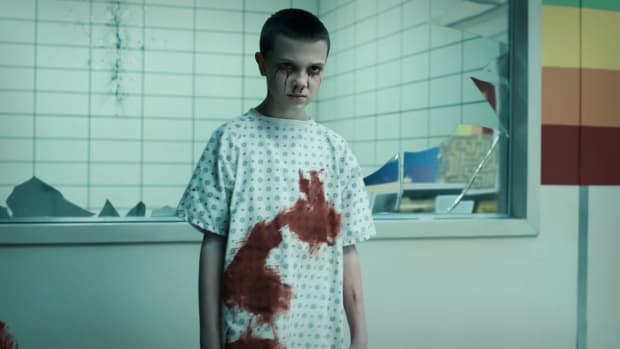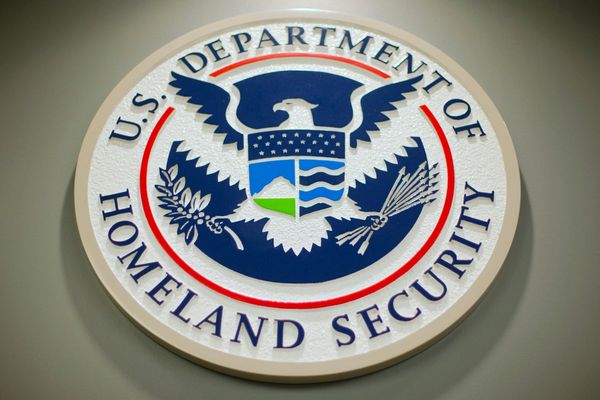Before streaming existed, most American households -- roughly 105 million of the 122 million total -- paid for cable. That's because while cable was the only game in town. It also, for a long time, offered an excellent value for your money.
Yes, everyone got a lot of channels they paid for but never watched. But you paying for channels I like and me doing the same for you meant that both of us got what we wanted. The system worked specifically because everything was bundled with only premium experiences being offered a la carte (and even then, you needed a base package before you could purchase any premium channels).
Streaming changed that and it essentially created a system where consumers pay a lot more per "channel" than they previously did but being able to get exactly what they want. That system gives you less for more, but presumably, everything you pay for has a very high value to you.
And, with so many streaming players, we now have a meritocracy. People pay for channels (more services than channels really) that have shows they want to watch. It's really that simple. I pay for Disney+ because I love Marvel and Star Wars. Every episode of every series created in those universes feels like an event to me, and that certainly justifies the subscription cost.
In fact, when it comes to the Walt Disney (DIS) streaming service, I'd gladly pay more as long as the company keeps giving me shows I really want to see. Price isn't the driving factor here -- creating shows people really want to see is.
That's why Netflix (NFLX), Warner Bros. Discovery (WBD), and Paramount Global (PARA) all seem to be careening in the wrong direction.

Image source: Netflix
In Streaming, Content Matters More Than Price
"The average household cable package is now $217.42 per month," AllConnect reported back in 2020.
That means that the average cord cutter can spend $200 on streaming services and still be saving money. In practice, that's actually pretty hard to do. You can, for example, stay under $100 with the following choices:
- Hulu Live (ad-free) with Disney+ and ESPN+: $75.99/month
- Netflix (standard): $15.49
- HBO Max (no ads) $14.99:
That's a good selection of live-streaming channels with Hulu Live, which is a streaming version of traditional cable and four additional top-tier streaming services for $106.46 per month. You're at less than half of the average cable bill -- giving you room to add in other services if you really want them -- while still saving money.
Deciding which streaming services to subscribe to isn't about price. It's about the services having shows you really want to watch. That's why investors should be very concerned over Netflix, Warner Bros. Discovery (HBO), Comcast (CMCSA) (Peacock), and Paramount thinking that ad-supported tiers will save their sinking streaming services.
Make Better Shows and Price Does Not Matter
In its early days, Netflix had a lot of archival content that was novel. People had only been able to watch past seasons of shows in order if they bought DVDs or even VHS collections. That was a nice plus, but the real draw of Netflix was its early slate of hits including "House of Cards," "Orange Is the New Black," "Stranger Things," "The Crown," "Narcos," and a few others.
Netflix truly operated in a different way than its network rivals. It produced a relatively limited slate of shows focused on quality. It also very rarely canceled shows before the creators got to tell a complete story. That made it easier to commit to watching a new series because I knew if I liked it, it would be around through some sort of conclusion.
At some point, Netflix dropped that quality over quantity strategy -- the same one HBO had used to become the lead premium cable channel -- and became a content factory. That misses the point that most people subscribe to streaming services based on being excited about the content.
Millions of Comcast customers did not sign up for Peacock even though they get it for free (something which is ending) as part of their cable package. That's, in most cases, because Peacock has no signature shows.
Every company (Disney included) pitches having an ad-supported tier as a way to lower costs and bring more people to their services. In reality, a few dollars does not matter to the vast majority of consumers if the content offering is strong enough.
Paramount, for example, launched its streaming service with Super Bowl ads that showed it had "Star Trek," "Spongebob," and a few other things that aren't top-tier properties. I mean Snooki, from MTV's "Jersey Shore" appeared in the ad, and well, she's no Mandalorian.
Yes, a tiny percentage of people may add a streaming service that they're on the fence about because it has a cheaper ad-supported option. The reality is that some existing customers may downgrade their subscriptions to a cheaper tier but a lower price won't lead to a lot more signups.
Streaming services need tentpole shows that people really want to watch. Disney has a lot of those, Netflix has a few (most of which are nearing the end of their run), and nobody else has enough to matter. Getting subscribers requires finding hits, and without hits, price simply does not matter.







